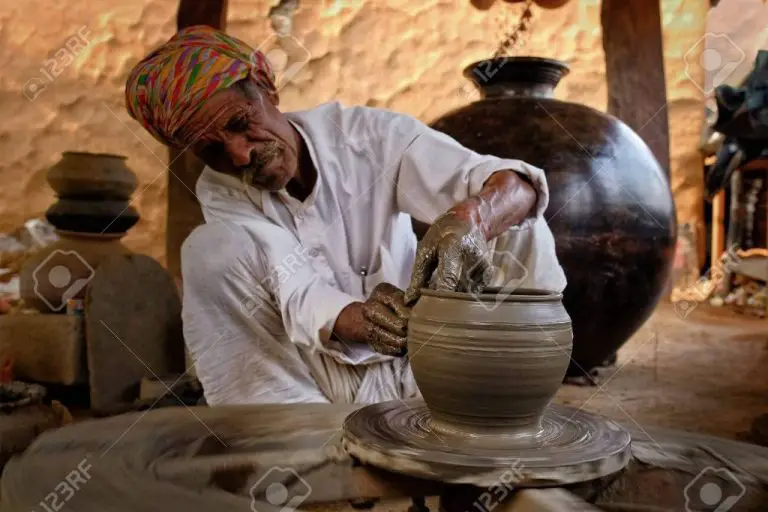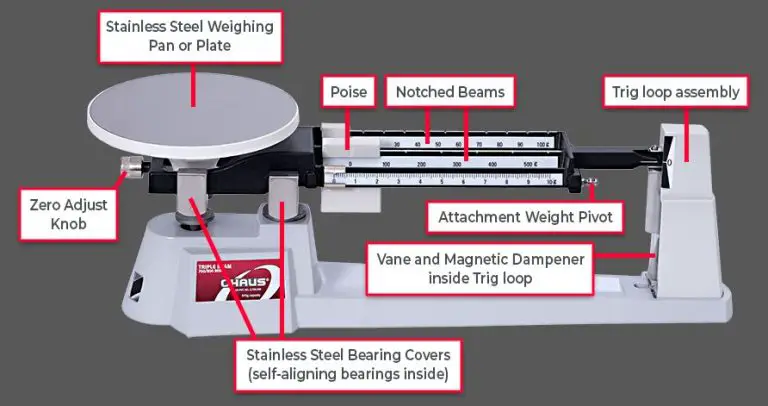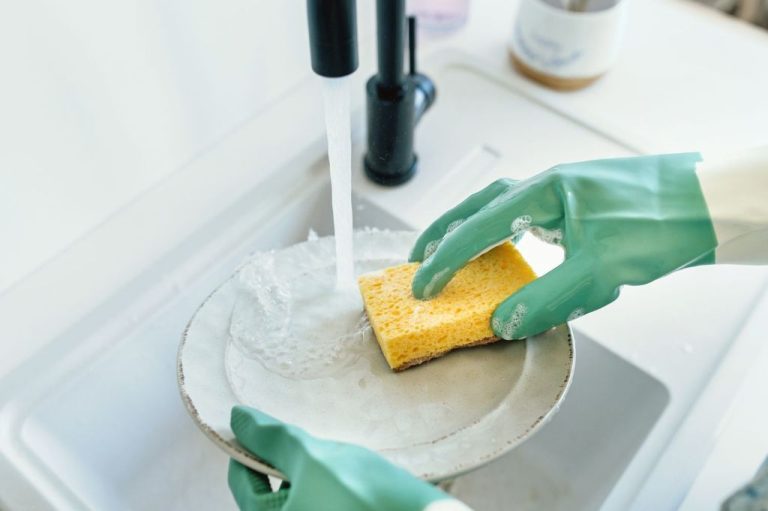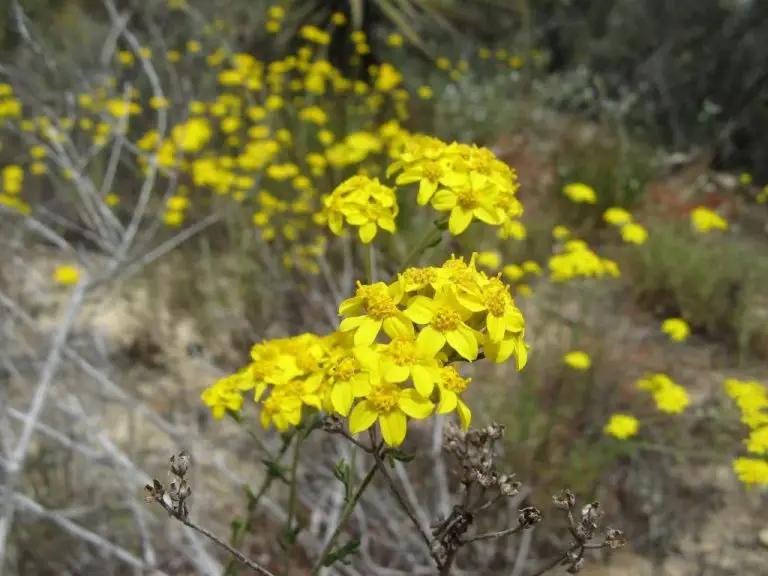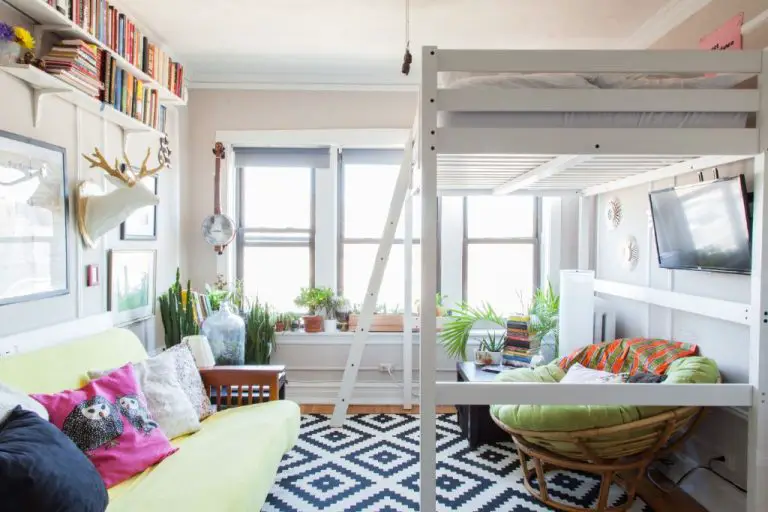What Is The Easiest Thing To Make Pottery?
Pottery refers to objects made out of clay that have been shaped or molded and then hardened by heating them in a kiln. Pottery is one of the oldest human inventions, dating back to at least 24,000 years ago when animals and plants began to be represented on wet clay (Source URL 1). The earliest known pottery vessels were made in East Asia between 20,000 and 10,000 BCE. Pottery was independently invented in many places throughout the ancient world, including China, Japan, Egypt and Mesopotamia. The earliest documented evidence of pottery making is from China and dates back over 20,000 years ago to the Paleolithic period (Source URL 2).
The innovation of pottery was significant for several reasons. First, pottery allowed for better food storage and cooking, which led to improved diets. Second, pottery allowed for creative expression through decoration and sculpture. And third, well-made pottery signaled an advancement in technology and skill within a culture. Over thousands of years, pottery evolved from basic bowls, pots and cups into a diverse range of forms, styles and techniques.
Clay
There are four main types of clay used for pottery: earthenware, stoneware, porcelain, ball clay and fire clay. Each has different characteristics that make them suitable for different applications.
Earthenware is a low-fire clay that matures at lower temperatures, typically between 1710°F – 2100°F (926°C – 1149°C). It fires to a reddish-brown color and is porous when fired. Earthenware is easier to work with and good for beginners. According to Soul Ceramics, it also has high plasticity making it good for throwing on the wheel and handbuilding techniques.
Stoneware is a mid-range clay that becomes vitrified and non-porous between 2190°F – 2300°F (1200°C – 1260°C). It has excellent throwing characteristics. The Pottery Wheel notes that stoneware has high strength and durability making it suitable for functional pottery and ceramics. It also holds colorants and glazes very well.
Porcelain is a high-fire clay that requires firing between 2190°F – 2390°F (1200°C – 1310°C) to mature fully. According to Wheel & Clay, porcelain is extremely strong when fired and has excellent white color. However, it can be more challenging to work with than lower-fire clays.
Clay Preparation
Before clay can be shaped into pottery, it must go through a process of preparation. This involves wedging and kneading the clay to achieve an even consistency throughout. Wedging involves cutting the clay into chunks, slamming it against a table, and reforming it into a ball shape repeatedly. This helps remove air pockets and evenly distribute moisture. Kneading involves pressing, folding, and pushing the clay to make it soft and pliable. Some potters will also soak clay in water for a period before wedging and kneading. This allows the clay to absorb moisture evenly. According to research by Getty Images, “Young woman preparing clay for pottery making by kneading and wedging clay on table to prepare for throwing on wheel” [1]. Proper clay preparation ensures the clay has an ideal plasticity and consistency before beginning to shape it into pottery.
Pottery Wheel
A pottery wheel is a device that spins around to help shape clay into symmetrical pottery pieces. It consists of a spinning disk called the “wheel head” that sits on top of a stand. The wheel head is powered either by an electric motor, a kick wheel that uses leg power, or a momentum wheel that spins freely once set in motion.
To use a pottery wheel, you first need to center the clay on the wheel head. Place a ball of clay in the middle of the wheel and apply even pressure while the wheel spins slowly. Once centered, you can begin opening up the clay by pushing your thumbs into the center while keeping even pressure on the outside. As the pottery wheel spins, you can pull the walls of the clay up with your hands and shape it into whatever form you desire. Using various tools like ribs and loop tools, you can refine the shape, smooth the walls, and add decorative textures.
It takes practice to learn how fast to spin the wheel and how much pressure to apply to the clay. Key basics when starting with a pottery wheel include: centering the clay properly, opening up the form, using the right amount of pressure, keeping your hands and tools steady, and maintaining an even wall thickness. With time and persistence, you can create beautiful pottery on a wheel.
For more detail on pottery wheel basics, see the step-by-step guide from this source.
Handbuilding
Handbuilding is one of the most approachable techniques for beginners to get started making pottery as it does not require a pottery wheel. The three main handbuilding techniques are pinching, coiling, and slab construction.
Pinching involves taking a ball of clay and literally pinching it to form a basic shape like a bowl or cup. According to https://www.soulceramics.com/pages/handbuilding-pottery, pinching is one of the fundamental handbuilding techniques and a great way to get a feel for working with clay. Pinch pots allow beginning potters to create simple, small vessels from basic hand movements using clay, without any additional tools.
Coil building involves rolling out and stacking coils of clay on top of each other to build the walls of a piece. The coils can be welded together using slip and blend seamlessly into the surface. Coiling enables potters to build taller, rounded shapes like vases, jars, and cylinders. According to https://www.thecrucible.org/guides/ceramics/handbuilding/ coils can be laid horizontally or vertically.
Slab construction uses flat “slabs” of rolled out clay that can be cut into shapes and assembled into a three-dimensional form. With slabs, potters can create rectangular, geometric, and angular items that would be difficult to make only using coils. According to https://www.juliepeelceramics.com/video/buildingwithslabs, slabs allow for both structural and decorative techniques in handbuilding.
Molds
Using molds is one of the easiest ways to shape clay pieces. With molds, you can create complex forms and designs without needing extensive wheel throwing or handbuilding skills.
To use a pottery mold, simply press soft clay into the mold cavity, let it set up a bit, then carefully remove it. The clay will retain the shape of the mold.[1] You can then tidy up the piece and add decorative elements like carving, painting, or glazing.
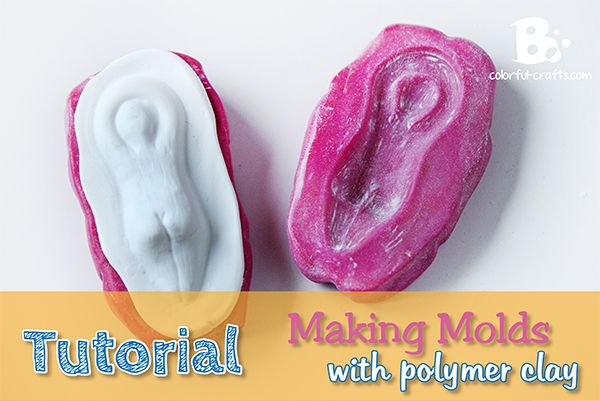
There are a few options for making molds:[2]
- Plaster molds are easy to make from an existing object. You simply press plaster around the form to create a negative mold.
- Commercial molds come in many shapes and can yield professional-looking results.
- 3D printed molds offer accuracy and customization for more complex designs.
The benefit of molds is being able to quickly produce multiples of the same form. They are extremely useful for making sets of objects like cups, bowls, plates, and tiles.
Glazes and Decoration
Glazing and decorating are the final steps to finishing pottery pieces before they are fired. Glazes are special mixtures of minerals and chemicals that are applied to the bisque ware and melt into a glassy coating when fired to a high temperature. The glaze makes the pottery impervious to liquids and gives it a finished look and feel. There are many different types of glazes to choose from like glossy, matte, crystalline, and more. Glazes can be applied using a variety of techniques like dipping, pouring, brushing, or spraying.
Decorating allows you to add colors, textures, and designs to the surface of the pottery. Common decorating techniques include painting with underglazes or slips, stamping, stenciling, sponging, incising, sgraffito, wax resist, layering glazes, and more. Underglazes and slips are special ceramic colors made from clay, minerals, and metal oxides that can be painted onto the clay surface. When clear glaze is applied over the top, the underglaze design will show through. Decorating pottery takes some skill and practice to learn the techniques, but allows you to add beautiful, personalized touches.
Glazing and decorating are fun creative processes that give pottery its finished look. With some practice, you can learn to glaze and decorate your pottery pieces to your taste before the final firing.
Firing
Firing is the process of heating pottery to high temperatures in a kiln to permanently harden and strengthen it. There are several stages to firing pottery:
- Bisque firing: The first firing, done at lower temperatures around 1600-2100°F. This converts the clay into a permanent ceramic material by removing water and organic matter.
- Glaze firing: The second firing, done at higher temperatures of 2200-2400°F. This melts the glaze into a glassy coating.
- Raku firing: A specialized technique originating from Japan. The pottery is removed from the kiln at 1600-1800°F and put into containers with combustible materials to produce unique crackled and smoked effects.
Firing allows the clay to become vitrified and fully transform into ceramic. It hardens the pottery and sets any glazes or decorations. Kilns allow control over temperatures for consistent results. Options besides electric kilns include gas, wood, pit, and microwave kilns. Understanding the stages of firing is key to successfully completing pottery.
For more details on firing and kilns see: https://ceramicartsnetwork.org/daily/article/Firing-Clay-The-Lowdown-on-the-Ceramic-Firing-Process
Conclusion
In summary, the easiest methods for a beginner to make pottery at home are handbuilding techniques like pinch pots, coil building, and slab construction. These methods do not require a pottery wheel or kiln. Air-dry clay is the easiest material to start with since it does not require firing. Basic tools like a rolling pin, sculpting tools, and workspace can allow a beginner to create handbuilt pottery pieces. Key takeaways are to start simple with basic materials and tools, focus on the process not the product, and have fun being creative. With some practice, handbuilding skills can progress to more advanced techniques and materials. Making pottery can be an enjoyable and rewarding hobby using simple methods accessible to any beginner.
Additional Resources
If you want to learn more about making pottery, here are some helpful resources:
- Ceramic Arts Network – Pottery Making Techniques
- The Complete Potter: The Illustrated Handbook by Russell Fink
- Handbuilding Ceramic Techniques by Daryl Baird
- Ceramic Arts Network – Illustrated Guide to Handbuilding Techniques
- Mastering the Potter’s Wheel: Techniques, Tips, and Tricks for Potters by Ben Carter
Local ceramic studios, community colleges, and arts centers often offer beginner pottery classes as well. Check for options in your area to get hands-on instruction and access to pottery equipment.

